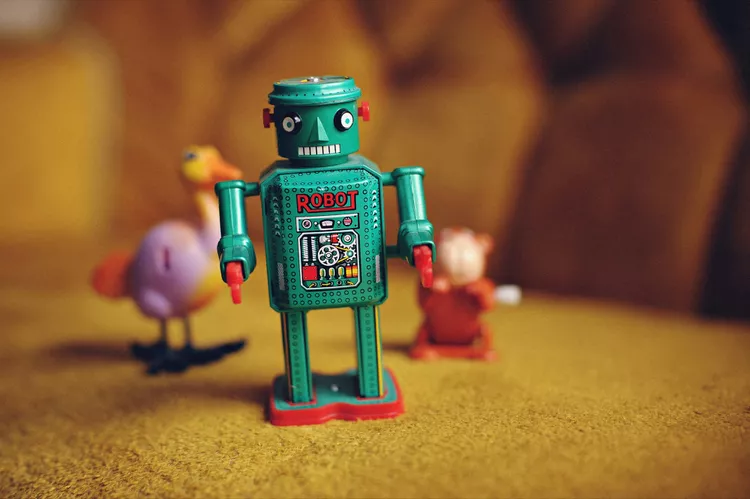yono rummy Apple has revealed some of its plans for the on-device AI that will run on future iPhones, and anyone can use it.
But Apple’s way has long been to keep private data on your iPhone as much as possible, often to its detriment (Siri, for example). But with these new libraries, Apple is showing how its users could have the best of both worlds. So what does it all mean anyway? yono rummy
“AI models on devices are typically smaller than those in the cloud. Their reduced size requires fewer calculations, faster responses, and less energy consumed in response to user queries. Moreover, queries and their responses do not leave the device, enhancing user privacy. And AI models on devices avoid data movement and communication with cloud and data center servers, which should improve performance and reduce energy use. Taken together, AI on devices could transform user experiences with consumer electronics,” Professor Benjamin Lee, computer scientist at the University of Pennsylvania, told Lifewire via email.
Crash Course yono rummy
An AI is pretty much a really fast guesser. When you ask it to write a book report that you’re planning to pass off as your own, it literally writes it letter by letter, guessing which letter should come next based on its training. It’s the same for images. It’s guessing which pixel comes next until it has an entire picture of a shrimp deity.
:max_bytes(150000):strip_icc():format(webp)/eric-krull-Ejcuhcdfwrs-unsplash-6be59f18e7d646c7ad14f89869cca106.jpg)
This seems utterly impossible, but clearly, it’s not, as we have all seen the results. The key part is the training. To make a large language model (LLM), you train a neural network. This means that you feed it zillions of images (or pieces of text), and the computer recognizes patterns in the source material. Humans help along the way, perhaps by telling the computer which tiles contain pictures of bridges or bicycles.
The result is a soup of simple math equations that represent the entirety of the training data. Similar words are grouped together, not in two or three dimensions, but in thousands, which is mind-bending for us but not for a computer.
Then, when you want the LLM to write your term paper, you describe it. The machine uses its model to interpret that input and create the output.
The crucial part here is that training the model takes an insane amount of computing power, but once that model is made, it can be used on regular computers. And if you shrink the model, it might not be as capable, but it can run on smaller computers, and require less power.yono rummy
Apple’s Model
The entirety of a model can contain trillions of parameters, but Apple provides several smaller options, with 270 million, 45 million, 1.1 billion, and 3 billion parameters. The more parameters, the better the model is at doing the AI thing.
So why is this important? Because it lets Apple run AI on devices that have relatively limited computing power and very limited batteries. By optimizing for specific purposes, models can be much smaller and more efficient. And Apple can design its models to run on the AI hardware it has had in Macs and iPhones for years—the Neural Engine.
:max_bytes(150000):strip_icc():format(webp)/daniel-k-cheung-sCdm5DiJb8w-unsplash-dfd074c7f1004beaa41f5154b9f54887.jpg)
For example, the Neural Engine already runs the processing of your iPhone’s camera. It’s why the camera can identify people in the frame, blur the background, stitch together images for HDR and sweater modes, and so on. It’s how the Photos app recognizes your family members even when they’re mostly turned away from the camera. And so on. This all happens in fractions of a second, thanks to the hardware and software running together.
Running optimized AI locally on the device has several advantages. One is power consumption, although training those models in the first place still uses a lot of electricity. . And yet another is autonomy. You won’t need an internet connection to do many tasks. For example, think again about how Apple handles your photos.
“On-device AI can be more energy-efficient than cloud-based AI, as it minimizes the need for data transmission over networks,” Jiahao Sun, founder and CEO at machine-learning company Flock.io, told Lifewire via email.
For the useful future of AI, forget about the Balenciaga Pope or lawyers using Chat GPT to write legal briefs and think about how it can enhance the features we already use. That’s the exciting part because it has the power to make our computers seem smarter and more magical.

